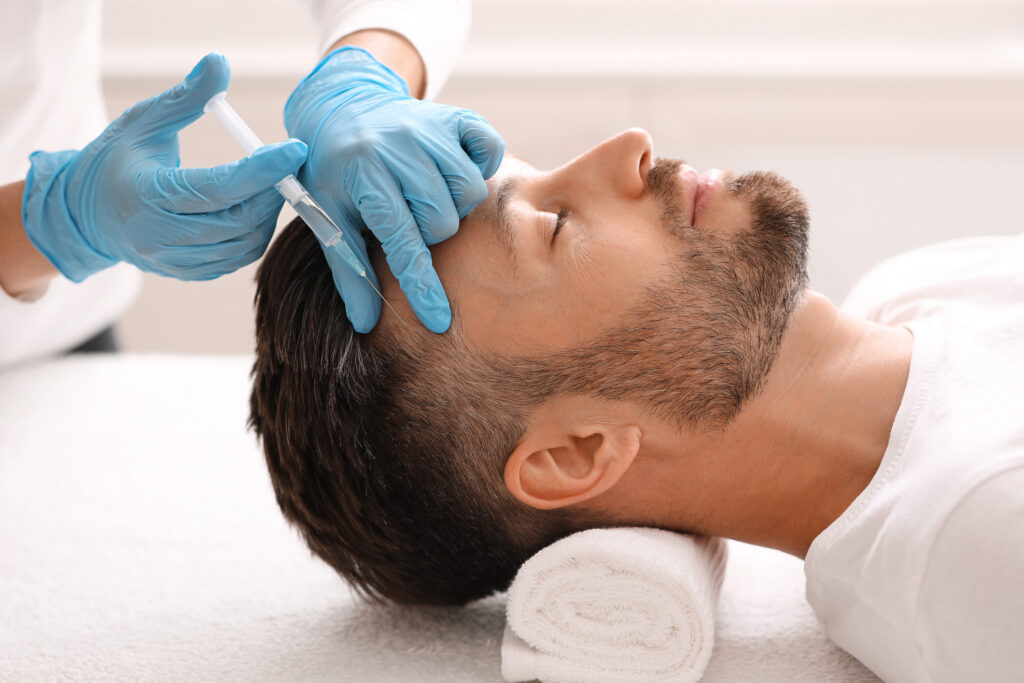The impact of scars on a patient’s psychological and aesthetic quality is significant, especially when it comes to facial appearance. Atrophic scars, which can develop as a result of infections or inflammation from preoperative procedures, can lead to dissatisfaction and emotional distress. Recent advancements in non-surgical methods have emerged to enhance patient satisfaction and improve the appearance of these scars. Among these innovations is a technique known as nanofat grafting, which has gained attention for its potential in treating facial scars.
Despite the growing interest in nanofat grafting, there has been a relative lack of medical research focusing on its effectiveness in scar treatment, particularly in the facial region. A recent study aims to bridge this gap by examining four cases where facial scars were treated using autologous nanofat grafting techniques, with follow-up assessments conducted six months post-intervention.
The findings from the study reveal promising results. Following the nanofat grafting procedure, the scars exhibited significant improvements—their measurements were reduced, and both color and texture showed notable enhancement. Importantly, the patients reported no pain or itching after the treatment, underscoring the procedure’s safety profile.
Autologous nanofat grafting has rapidly become one of the most sought-after aesthetic procedures due to its effectiveness and low risk of complications. The technique involves modifying injectable nanofat with fine needles, which has broadened its clinical applications in aesthetic medicine. Additionally, the integration of injectable Platelet-Rich Fibrin (PRF) has gained traction in the medical community. This is largely attributed to PRF’s high concentration of growth factors that facilitate healing and enhance skin appearance. When combined with autogenous nanofat grafts, PRF can further support the efficacy of adipose-derived stem cells (ADSCs) and improve blood circulation to adipocytes.
The study’s outcomes also highlight the consistent effectiveness of modified nanofat injections in managing depression-related facial scars. Patient satisfaction surveys and physician evaluations corroborate these findings, affirming the procedure’s positive impact on both the appearance of scars and overall patient well-being.
The authors of this compelling study include Mhd Anas Alnemr, Bassel Brad, Fatima Ismail Elmi, and Lei Li, representing the Department of Oral and Maxillofacial Surgery at Damascus University and the Department of Maxillofacial Surgery/Plastic Operations at Klinikum Oldenburg. Their research contributes valuable insights into the evolving field of aesthetic medicine, specifically in the realm of scar treatment using innovative techniques like nanofat grafting. As the medical community continues to explore and validate these methods, patients can look forward to safer and more effective solutions for improving their skin’s appearance and their psychological well-being.


